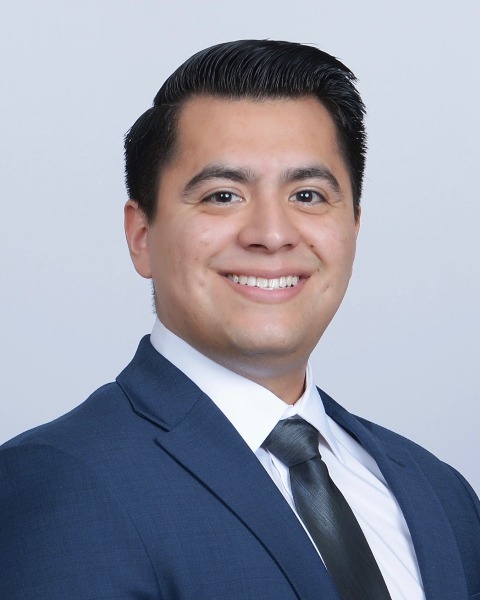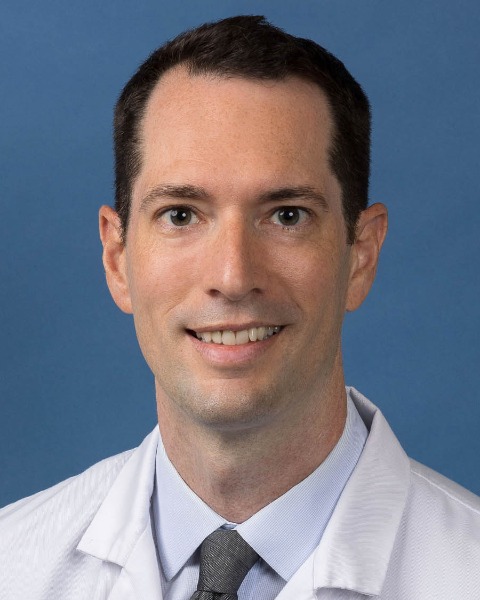SIR 2025
Men's Health
Scientific Session
Prostatic Artery Embolization Outcomes in Men With Previous Transurethral Resection of the Prostate

Antonio D. Moreno (he/him/his)
Medical Student
David Geffen School of Medicine at UCLA, United States
Matthew A. Carter (he/him/his)
Medical Student
David Geffen School of Medicine at UCLA, United States- ZH
Zachary Haber, MD (he/him/his)
Assistant Professor
UCLA, United States - MQ
Matthew Quirk
United States

Adam Plotnik, MD, FSIR
Associate Clinical Professor
UCLA , United States
Justin McWilliams, MD, FSIR
Professor of Interventional Radiology
David Geffen School of Medicine at UCLA, United States
Presenting Author(s)
Author/Co-author(s)
The gold standard surgical treatment for lower urinary tract symptoms secondary to benign prostatic hyperplasia (BPH) is Transurethral Resection of the Prostate (TURP). TURP is generally durable but there is an approximately 10% symptom recurrence rate over 10 years. For patients having symptom recurrence after TURP, PAE is sometimes offered, but safety and outcomes data in this patient group are scarce. This study aims to investigate outcomes in patients with prior TURP who underwent PAE for LUTS secondary to BPH.
Materials and Methods:
This retrospective review included 26 patients with a previous history of TURP who underwent initial PAE between September 2015 and December 2023 for recurrent LUTS secondary to BPH. Outcome measures included the International Prostate Symptom Score (IPSS) and Urinary Bother Score (QoL).
Results:
The mean patient age was 74 (range 57-90). 15 patients had one prior TURP, 4 had multiple prior TURPs, and 7 had a TURP plus another urologic intervention.
Baseline IPSS and QoL scores were 16.2 ± 6.9 and 4.4 ± 1.2, respectively. Technical success for bilateral PAE was 92%, with unilateral PAE achieved in the remaining 8%. There was a significant improvement in IPSS scores at 3 months (p< 0.01), with an average decrease of 4.6 points. No significant improvement was seen at 1 year. QoL scores had significant improvement at both 3 months (p< 0.01) and 1 year (p< 0.05), with an average decrease of 2.1 and 2.2 points, respectively.
Two SIR grade II adverse events were noted for urinary retention and urinary tract infection. There were no major adverse events. Two patients required repeat PAEs for recurrent LUTS, and two patients required subsequent surgical intervention.
Conclusion:
PAE for patients with previous TURP is technically safe and feasible and results in improved quality of life in this patient cohort, though durability of symptom improvement remains in question.


.jpg)